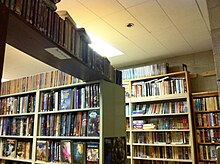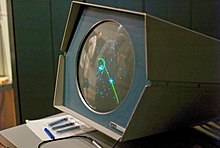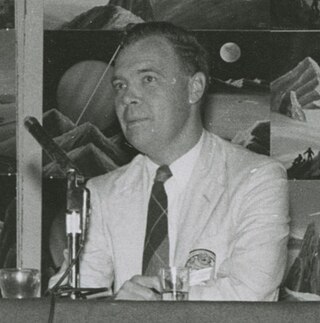
Harry Clement Stubbs, better known by the pen name Hal Clement, was an American science fiction writer and a leader of the hard science fiction subgenre. He also painted astronomically oriented artworks under the name George Richard.

James Benjamin Blish was an American science fiction and fantasy writer. He is best known for his Cities in Flight novels and his series of Star Trek novelizations written with his wife, J. A. Lawrence. His novel A Case of Conscience won the Hugo Award. He is credited with creating the term "gas giant" to refer to large planetary bodies.
Erwin S. Strauss is an American author, science fiction fan, noted member of the MITSFS, and filk musician, born in Washington, D.C. He frequently is known by the nickname "Filthy Pierre".
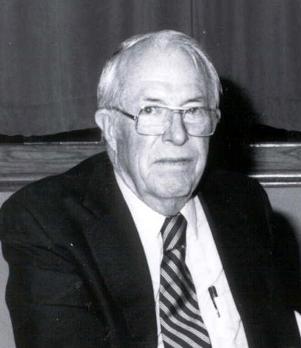
John Stewart Williamson, who wrote as Jack Williamson, was an American science fiction writer, often called the "Dean of Science Fiction". He is also credited with one of the first uses of the term genetic engineering. Early in his career he sometimes used the pseudonyms Will Stewart and Nils O. Sonderlund.

Judith Josephine Grossman, who took the pen-name Judith Merril around 1945, was an American and then Canadian science fiction writer, editor and political activist, and one of the first women to be widely influential in those roles.
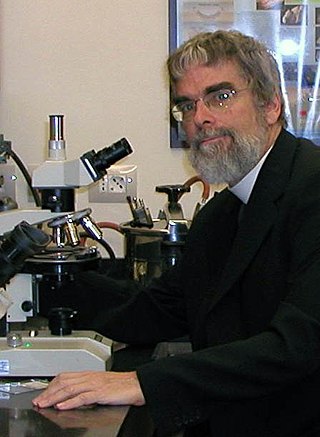
Brother Guy J. Consolmagno, SJ, is an American research astronomer, physicist, religious brother, director of the Vatican Observatory, and President of the Vatican Observatory Foundation.
The New England Science Fiction Association, or NESFA, is a science fiction club centered in the New England area. It was founded in 1967, "by fans who wanted to do things in addition to socializing". NESFA is currently registered as a non-profit literary organization under IRS section 501(c)(3).

A science fiction magazine is a publication that offers primarily science fiction, either in a hard-copy periodical format or on the Internet. Science fiction magazines traditionally featured speculative fiction in short story, novelette, novella or novel form, a format that continues into the present day. Many also contain editorials, book reviews or articles, and some also include stories in the fantasy and horror genres.

The White Dragon is a science fantasy novel by American-Irish author Anne McCaffrey. It completes the original Dragonriders trilogy in the Dragonriders of Pern series, seven years after the second book. It was first published by Del Rey Books in June 1978.

NESFA Press is the publishing arm of the New England Science Fiction Association, Inc. The NESFA Press primarily produces three types of books:
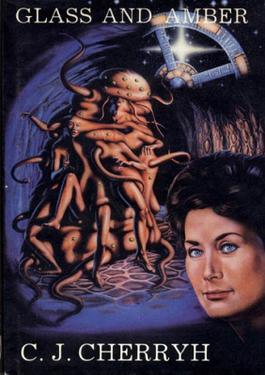
Glass and Amber is a 1987 collection of short stories and essays by American science fiction and fantasy author C. J. Cherryh. The book was published by NESFA Press to commemorate Cherryh’s appearance as the Guest of Honor at Boskone 24, a science fiction convention. Only 1,000 copies were printed, and each is individually numbered on the copyright page. The first 250 numbered copies were autographed by Cherryh and sold in slipcases. Some of these were also signed by Barclay Shaw, the cover artist.
The MIT Museum, founded in 1971, is located at the Massachusetts Institute of Technology in Cambridge, Massachusetts. It hosts collections of holography, technology-related artworks, artificial intelligence, architecture, robotics, maritime history, and the history of MIT. Its holography collection of 1800 pieces is the largest in the world, though only a few selections from it are usually exhibited. As of 2023, works by the kinetic artist Arthur Ganson are the largest long-running displays. There is a regular program of temporary special exhibitions, often on the intersections of art and technology.

Scribblings is a 1972 collection of writings by science fiction and fantasy author L. Sprague de Camp to celebrate his appearance as Guest of Honor at Boskone IX, a convention sponsored by the New England Science Fiction Association. The Association served as publisher.

The Massachusetts Institute of Technology occupies a 168-acre (68 ha) tract in Cambridge, Massachusetts, United States. The campus spans approximately one mile (1.6 km) of the north side of the Charles River basin directly opposite the Back Bay neighborhood of Boston, Massachusetts.
The 21st World Science Fiction Convention (Worldcon), also known as Discon I, was held on 31 August–2 September 1963 at the Statler-Hilton Hotel in Washington, D.C., United States.
The 29th World Science Fiction Convention (Worldcon), also known as Noreascon I, was held on 2–6 September 1971 at the Sheraton-Boston Hotel in Boston, Massachusetts, United States.
The 47th World Science Fiction Convention (Worldcon), also known as Noreascon 3, was held on 31 August–4 September 1989 at the Sheraton-Boston Hotel, Hilton Hotel, Boston Park Plaza, and the Hynes Convention Center in Boston, Massachusetts, United States.

Boskone is an annual science fiction convention ("con") run by the New England Science Fiction Association (NESFA) in Boston, Massachusetts, United States. In the words of the convention organizers, "Boskone is a regional Science Fiction convention focusing on literature, art, music, and gaming ". It is held every February, in Boston. The name is a reference to the Lensman series by E. E. Smith, in which "Boskone" is a council of villains, and also a name for their civilization. The obvious name for a con in Boston would, of course, be "Boscon"; the similarity was noticed and embraced. Continuing the trend, when a new Boston-area convention was formed, the organizers of that event named it "Arisia".
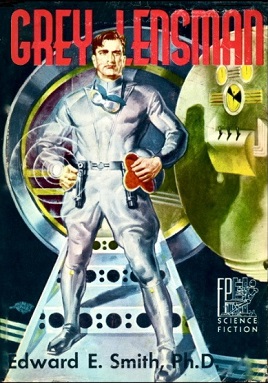
Gray Lensman is a science fiction novel by American writer E. E. Smith. It was first published in book form in 1951 by Fantasy Press in an edition of 5,096 copies. The novel was originally serialized in the magazine Astounding in 1939. Gray Lensman is the fourth book in the Lensman series and the second to focus on the adventures of Lensman Kimball Kinnison.

Once More* With Footnotes is a book by Terry Pratchett, published by NESFA Press in 2004 when he was the Guest of Honor for Noreascon Four, the 62nd World Science Fiction Convention. It contains a mixture of short stories, articles, introductions to other books, and speeches, including his first published short story, "The Hades Business".
